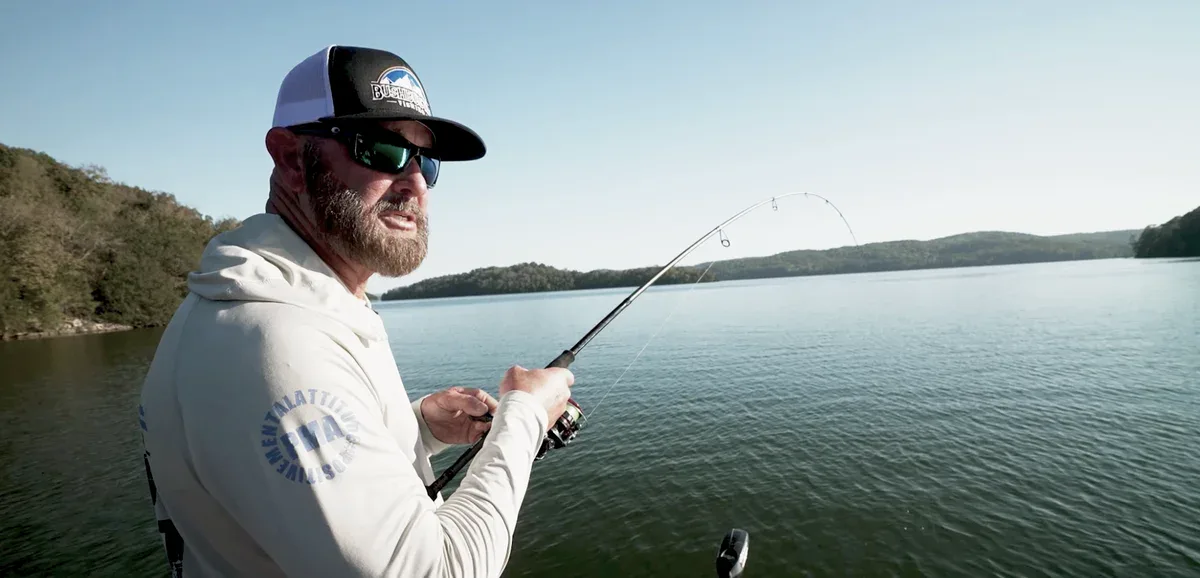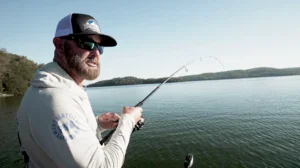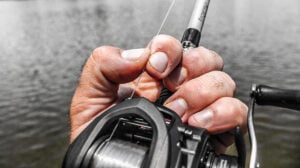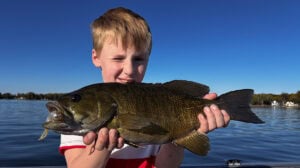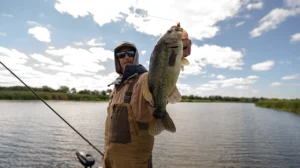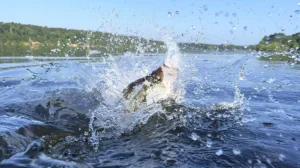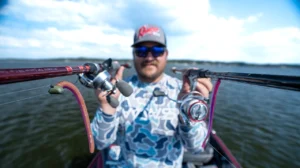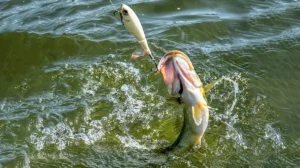The “GMAN”, Gerald Swindle, shows how shallow-water anglers can use sonar technology to locate fish and bait around grass and structure. With a few key adjustments, he proves that this high-tech tool isn’t just for chasing offshore schools—it’s a game-changer in water less than ten feet deep.
Featured Product
- BOAT – Phoenix 921 Elite II Bass Boat: Check out at Phoenix
- OUTBOARD – Mercury Pro XS 250hp: Check out at Mercury
- TROLLING MOTOR – Minn Kota Ultrex QUEST, 112lb, 36V, 52″: Buy at Bass Pro Shops
- FISH FINDERS – Humminbird APEX 13 MEGA SI+ Fishfinder/Chartplotter: Buy at Bass Pro Shops
- Garmin GPSMAP 8616 16″: Buy at Bass Pro Shops | Buy at Tackle Warehouse
- LIVE SONAR – Garmin LVS34 Live Scope: Buy at Bass Pro Shops
- SHALLOW WATER ANCHOR: Power Pole 8 ft. Blades: Buy at Bass Pro Shops | Buy at Tackle Warehouse
- TRUCK – Toyota Tundra: Check out at Toyota
Understanding Forward-Facing Sonar in Shallow Water
Many anglers assume forward-facing sonar only works in deep water, but Swindle argues otherwise. When fishing shallow grass or bank transitions, sonar can reveal subtle fish movements, bait clouds, and reaction behavior that would otherwise go unnoticed. Swindle points out that sonar isn’t only for catching fish—it also shows what bass won’t eat and how they react to certain baits. By watching those real-time movements, anglers can adjust retrieves and lure selection instantly, increasing their odds of success.
Optimized Settings for Shallow Success
Swindle emphasizes that the key to sonar success in the shallows comes down to proper tuning. He shortens his range to around 65–75 feet and tweaks sensitivity and color gain depending on light and cover. Too much sensitivity “blows out” the screen, while the right balance clearly shows bait and fish near grass lines. These small changes allow anglers to stay efficient without wasting time or missing subtle details.
Old School Meets New Tech
Despite the common belief that veteran anglers avoid new technology, Swindle laughs it off—he’s all in on forward-facing sonar. Swindle says anglers of any age can use it effectively once they understand the basics. Whether tracking roaming bait or pinpointing fish movement, Swindle’s shallow-water sonar setup proves that modern tools can blend perfectly with traditional fishing instincts.
